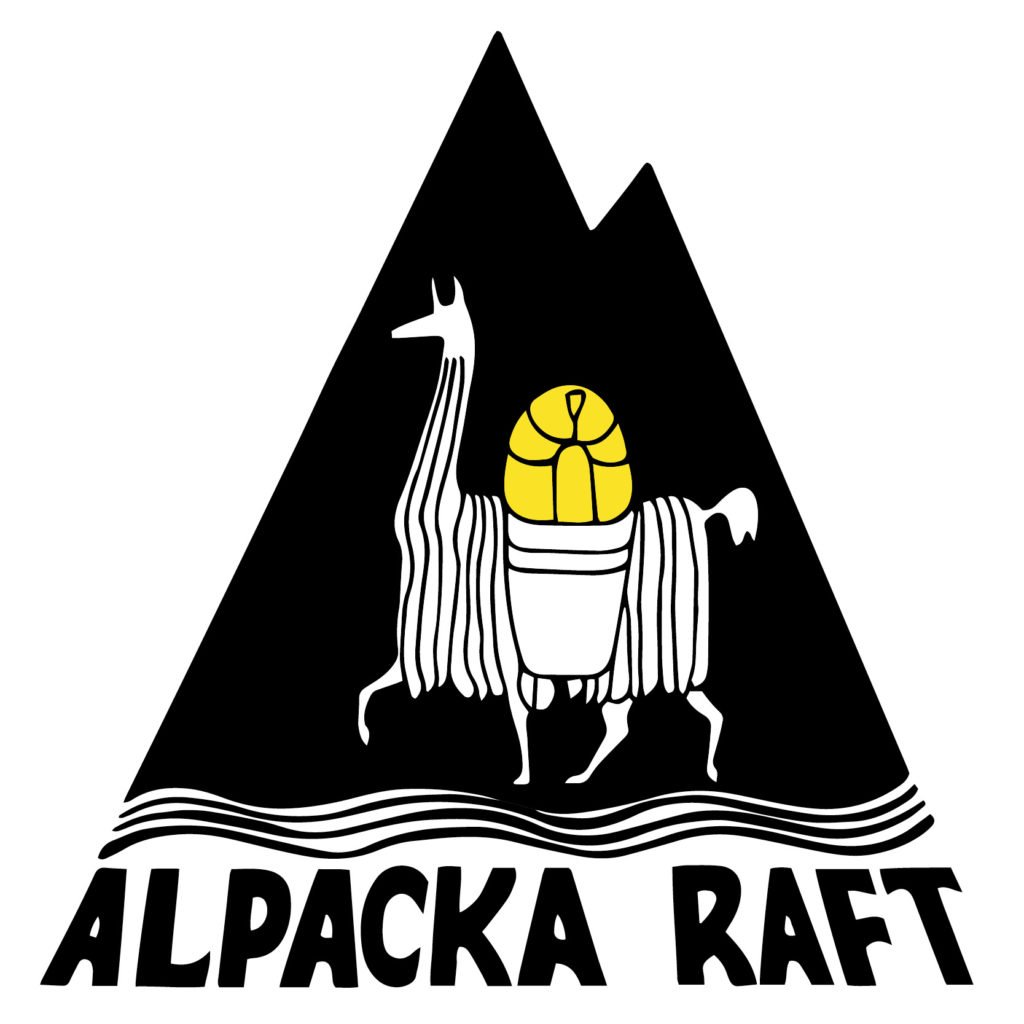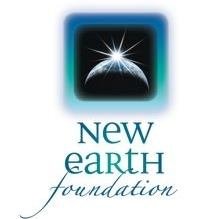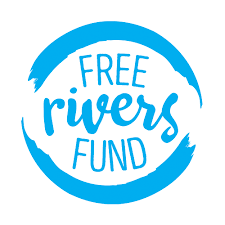
Amazonian RiverS INITIATIVE
- Bolivia -
An intercultural multi-year initiative that uses whitewater paddlesport training and documentary film as a platform for conservation education and action, leadership development, community-building, Traditional Knowledge-keeping, and local economic livelihood development in order to support Indigenous communities in protecting their ancestral lands and the threatened rivers of the Bolivian Amazon.
Read about our Bolivian participants’ journey to Chile this February 2024
View a trailer to a film Ríos to Rivers is producing about the initiative
Guardians of Rivers and Life
The Initiative
Madidi and Pilon Lajas National Parks in the Bolivian Amazon are among the most biologically diverse regions in the world. Yet, they are urgently threatened by the Chepete-Bala mega-dam proposals and the recent spread of gold mining, which pollutes the rivers with mercury. The Amazonian Rivers Initiative (ARI) was developed by Ríos to Rivers to help curtail these extractive industries by strengthening communities’ ability to develop alternatives, exercise their constitutional rights, & become resilient & resistant to pressures as they effectively manage their lands.
The Amazonian Rivers Initiative (ARI) is an intercultural leadership and conservation program in the Bolivian Amazon where youth from the basin’s 6 Indigenous nations gather in solidarity to learn, paddle, and protect these sacred rivers. Our strategy uses whitewater kayaking and rafting training as a platform for conservation education and mobilization, leadership training, community-building, Traditional Knowledge-keeping, and local economic livelihood development.
ARI’s students are the future leaders of their communities and are or will be making critical decisions for the well-being of their peoples and protected areas. The health of these communities and the ecosystem is inextricably tied to that of the river. Our participants bear witness to the unparalleled beauty and biodiversity as they travel the threatened tributaries of the Beni River while actively participating in the region's conservation efforts. The skills gained in these programs empower students to share their voices with the world and uplift community-led development and rainforest protection.
Led by non-profit Ríos to Rivers and local Indigenous grassroots organization, The Commonwealth of the Beni River Basin Indigenous Communities, the Amazonian Rivers Initiative convened its first cohort in October 2022 on the banks of the Beni, Tuichi, and Quiquibey Rivers. Together, the group conducted a 5 day multiday river expedition on the Lower Tuichi River, traveled up the Beni River to bear witness to the destruction of the gold mining dredges, visited riparian river communities, and strategized regional conservation efforts.
The 2022 program also marked the launch of the first-ever Indigenous-led whitewater sports club, which Bolivian youth plan to use as a way to cultivate local river stewards, pave the way for adventure tourism, and protect their sacred rivers. Most importantly, this first program laid the foundation to continue this important work in supporting local Indigenous communities in their efforts to protect this land.
Program Launch
October, 2022
Watch a music video that the students of last year’s program created as a creative approach to addressing the issues that their communities are facing:
Help us to continue this program by donating to Ríos to Rivers with the designation “Bolivian Amazon”
Background
The Chepete and Bala hydroelectric dam proposals
The construction of the Chepete-Bala mega-dams would be one of the biggest industrial undertakings in South America. If built, these dams would displace over 5,000 Indigenous peoples living in the region. Their reservoirs would inundate a large portion of Madidi National Park and its neighboring biological and Indigenous reserve, Pilon Lajas. The two parks are a confluence of cultures and ecosystems and are home to Indigenous communities of Tacana, Moseten, Uchupiamona, Leco, Tsimane, and Ese Ejja nations, who are the constitutionally recognized owners and stewards of the territory.
The race to stimulate Bolivia’s economy and invest in massive infrastructure projects was exacerbated by Covid-19. But how can you quantify the value of ecosystem services provided by protected nature? The communities of the Beni River Basin are seeking strategies to cultivate local economic resilience that can benefit from natural capital. While ecotourism in the region has been growing in recent years, whitewater recreation (adventure rafting and kayaking), is not yet utilized. There is no economic activity (aside from fishing) that so directly depends on a clean and free-flowing river.
Indigenous peoples support 80% of the world’s remaining biodiversity. If current plans go through, many of the natural and irreplaceable riches of the Madidi National Park and Pilon Lajas will be irreversibly destroyed. This exchange program is an opportunity for representatives of different rooted river cultures to know the richness of these unique rivers from source to confluence, to bear witness to the threats to their integrity and existence, and to find a platform to raise the voices of their communities.
WHY IS THIS INITIATIVE IMPORTANT?
Covering an area roughly the size of Israel, and home to over 163,000 species of fauna and flora, Madidi National Park (MNP) is recognized by a Wildlife Conservation Society (WCS) study as perhaps the most biologically diverse national park in the world. Nevertheless, it is also one of the most threatened protected areas in the world:
The Amazonian Rivers Initiative is a project of
Gold Mining
Illegal gold mining operations are blossoming into government-approved concessions along the length of the Beni and Tuichi Rivers within Madidi National Park. Mercury is the cheapest, fastest method to isolate gold, but contaminates people & ecosystems. Although considered an “obsolete” method, its use has grown in unregulated regions with booming gold rushes.
Mercury use and poisoning have skyrocketed since 2020. Bolivia is now the 2nd largest global mercury importer, violating the international Minamata Agreement and causing a humanitarian health crisis in the Bolivian Amazon. Mercury poisoning can cause birth defects, neurological issues (including Minamata Disease), and other crippling diseases affecting all organs in the body. Children of mothers with hair-mercury levels of just 1 ppm have an increased risk of ADD/ADHD disorder behaviors by 8 years old (Kessler, 2013). Recent studies revealed local community members in the Beni River Basin had up to 27 ppm in their bodies (CEDIB, 2022).
Increased gold mining has also accelerated deforestation and environmental pollution in the Amazon, destroying valuable carbon sinks & disrupting the Amazon Basin’s hydrological cycle. Mercury is ingested by eating fish & other animals or by handling it with bare skin. It becomes concentrated up the food chain (biomagnification), endangering countless species throughout the ecosystem. Once in the body, mercury remains there forever, and treatment is very costly.
With generous support from






















